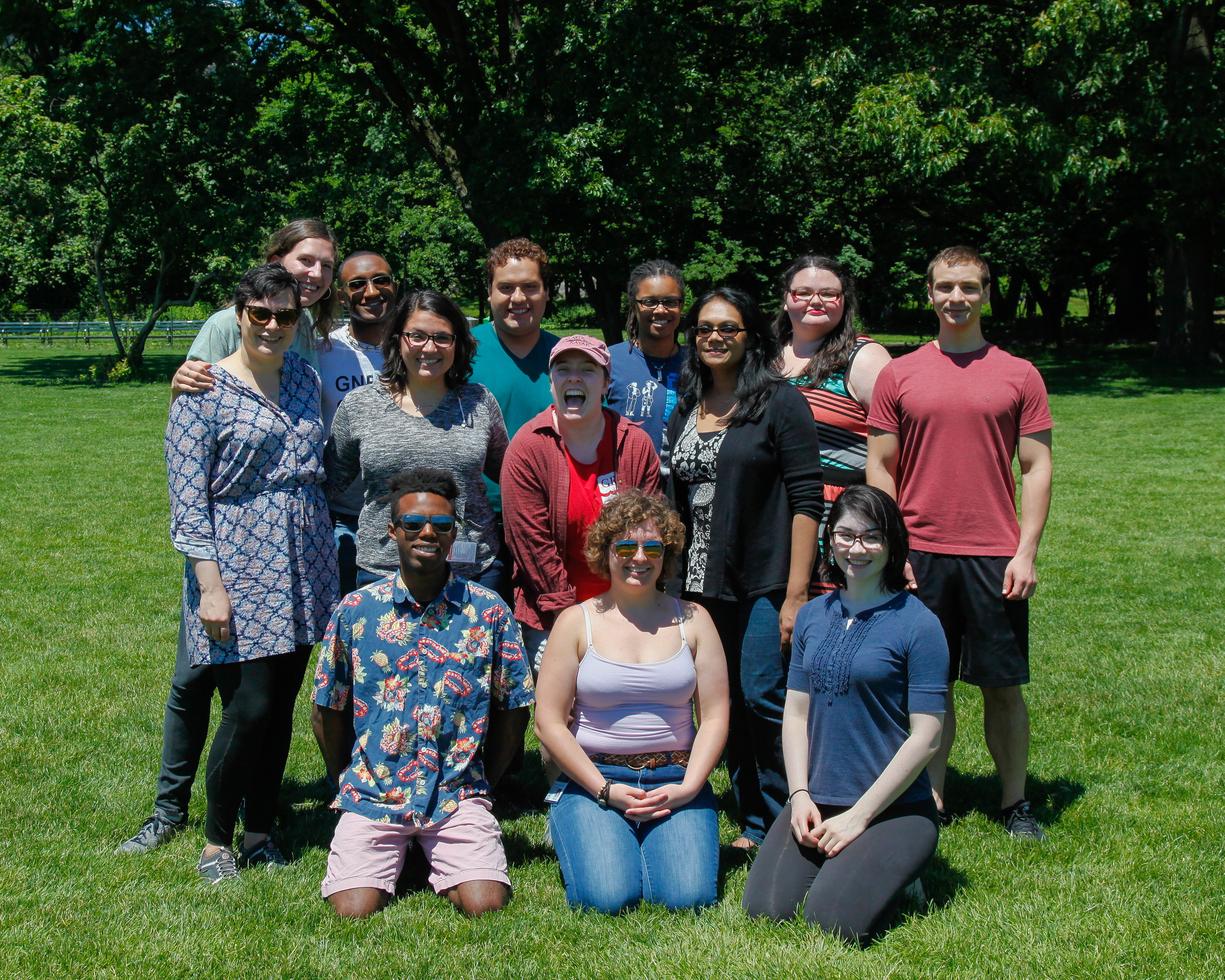By Hayoung Yoo
@thedbk
For The Diamondback
It was in professor Thomas R. Holtz, Jr.’s GEOL204: The Fossil Record class spring semester of freshman year where Deborah Fishbeck found her calling in teaching Earth science at the secondary educational level.
In pursuit of that career, Fishbeck, a University of Maryland 2016 graduate, decided to continue her education via a graduate program in the American Museum of Natural History in New York.
The museum is the first in the Western Hemisphere to host its own graduate programs for aspiring science teachers. The museum’s Richard Gilder Graduate School runs a philosophy doctoral program in comparative biology and a master of art in teaching, or MAT.
Fishbeck was accepted into the MAT program on March 18 and is enrolled from June 6 to August 2017, she wrote in an email.
“Only 13 to 15 students are accepted each year,” AMNH Manager of Media Relations Michael Walker wrote in an email. “It is a fully paid, competitive program.”
The MAT urban residency program aims to improve the quality of New York’s science education, especially in the inner city. It “[breaks] the education and science divides” and produces the next generations of qualified educators such as Fishbeck, Maritza Macdonald, the museum’s senior education and policy director and the MAT program co-director, wrote in an email.
“With this effort, we hope to be preparing the best science teachers for the neediest students,” Macdonald wrote.
The program — funded by Kathryn W. Davis and the Shelby Cullom Davis Charitable Fund, the National Science Foundation and the New York State Department of Education — will offer Fishbeck a channel to further her studies with academic courses that are co-taught between educators and scientists, Macdonald wrote.
During two summers, the program’s Davis Fellows — named after the founding donors — work in teaching residency and youth programs at AMNH and teach children, Preeti Gupta, AMNH youth learning and research director, wrote in an email. The combination of in-person and online learning provides those enrolled with team-based experience in diverse settings.
“Throughout, Debbie is bringing in theoretical understandings of how to teach and getting a chance to apply and refine her technique daily,” Gupta wrote.
During the remaining classroom residency, four secondary schools partner each Davis Fellow with principal- and MAT staff-appointed science teachers to forge an interactive and one-on-one mentorship on teaching Earth science. After graduating from the MAT program, Fishbeck is guaranteed a teaching job at a public school for four years in New York, she wrote, though she added she hopes for a longer stay.
Before even enrolling in the program, Fishbeck wrote that she reaped first-hand exposure to the importance of science education by tutoring physical geology at this university, as well as tutoring through a non-profit Washington organization called For Love of Children.
The MAT program aligns with her passion for serving disadvantaged communities, Fishbeck wrote, and drew her in because it mirrored her ambitions.
“I want my future students to know they can pursue a career in science and that science allows us to gain knowledge and solve problems, both locally and globally,” Fishbeck wrote.
Correction: Due to a reporting error, a previous version of this story incorrectly stated that Fishbeck is participating in a clinical residency. She is in a teaching residency. This story has been updated.



